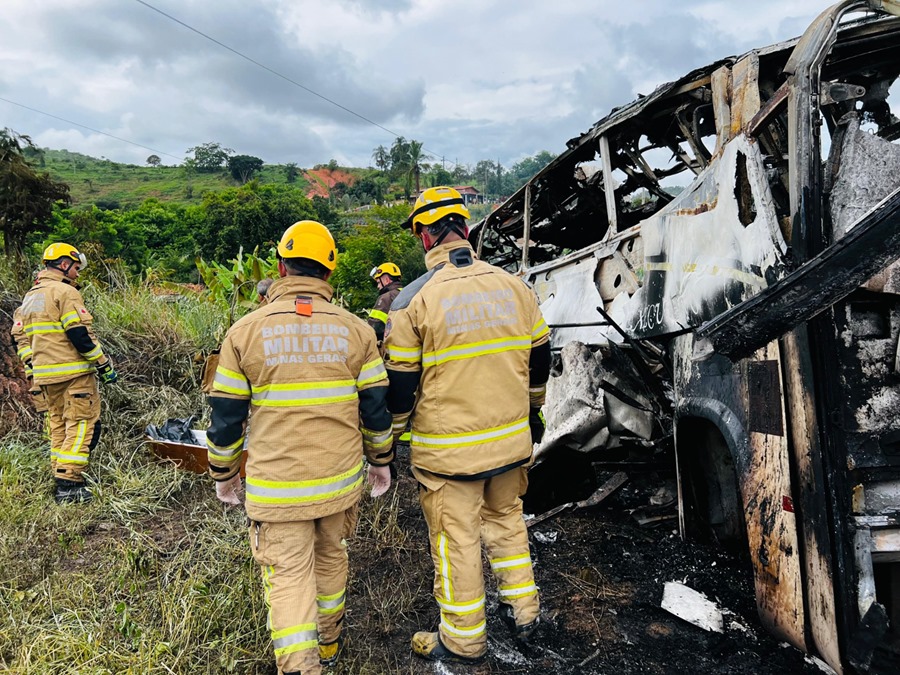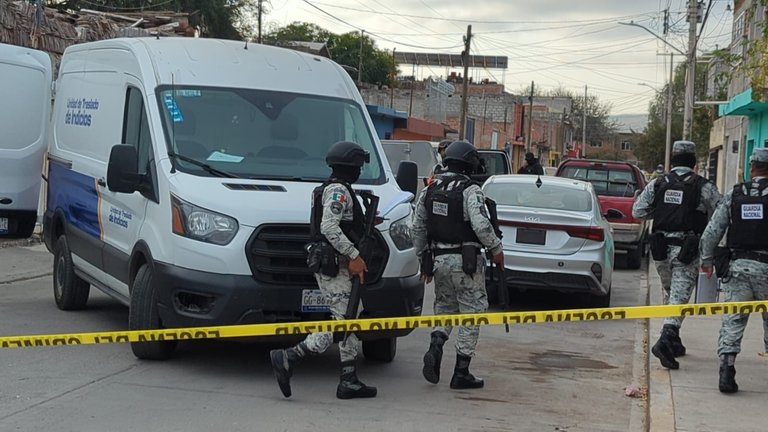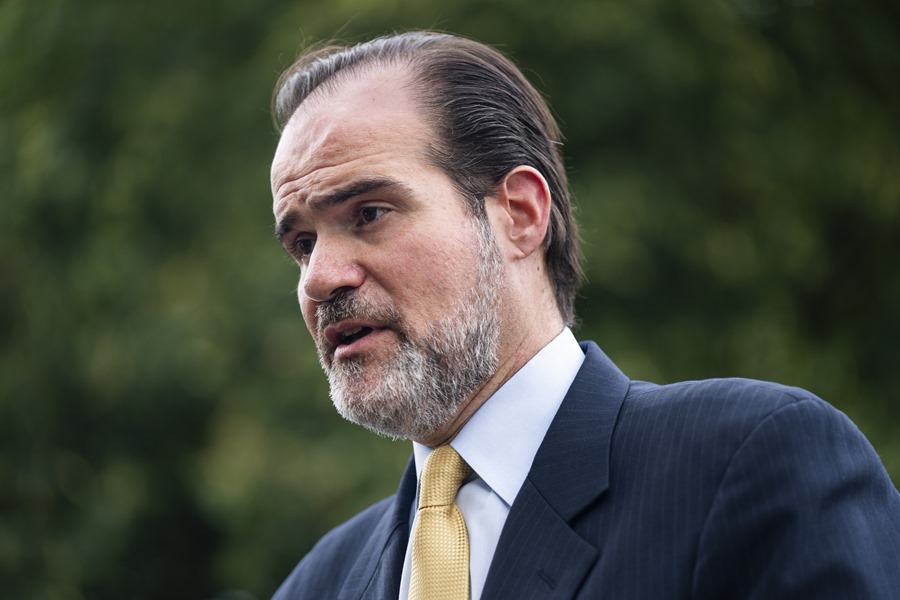 Source
SourceThis was a tragic weekend for the region, particularly in Brazil. The South American giant mourns the death of 41 people in a major road accident early Saturday morning, the deadliest in the last 17 years. According to preliminary information, a large block of granite broke off the body of a truck and hit a bus with 45 passengers traveling in the opposite direction by the municipality Teófilo Otoni. The driver of the truck, who had his driving license revoked since 2022 for refusing a breathalyzer test, cowardly fled from the scene of fire and scorched flesh.
Also in Brazil, ten family members died after the twin-engine Piper PA-42-1000 aircraft in which they were traveling crashed in the town of Gramado, a popular tourist destination in Rio Grande do Sul. Nearly 20 people were injured in the crash, which may have been caused, among other factors, by unfavorable weather conditions. And there was still more, as the collapse of the central span of the 0.3-mile bridge connecting the states of Maranhao and Tocantins was reported, resulting in the death of one person and the spilling of sulfuric acid into the Tocantins River—a tanker truck carrying it plunged into the water. A Tocantins' city councilman was recording a video denouncing the state of the bridge—pointing to a noticeable crack on its shoulder—and the danger posed to it by the passage of heavy trucks when it collapsed.
🇧🇷 Se desmoronó un puente entre los estados de Maranhão y Tocantins. Hay 2 muertos y 8 desaparecidos.
— Nacho Lemus (@LemusteleSUR) December 23, 2024
3 camiones, 3 motos y un automóvil de paseo cayeron al río Tocantins. Uno de los camiones cargaba agrotóxicos y otro ácido sulfúrico.
La alcaldía de Estreito pidió a los… pic.twitter.com/a2pV26n76j
Meanwhile, in Mexico, another deadly plane crash occurred with seven people dead after a light aircraft crashed in a wooded area in the town of Quitupan, Jalisco state. The identities of the victims were unknown at the time of going to press, and it was not ruled out that the initial number would increase after the arrival of the forensic authorities to proceed with the removal of the bodies. Both by land and by air, this was not a flattering weekend to travel in Latin America.
Trump blasts the region
This weekend our piece of the world was once again the object of threats, decisions and other discursive eccentricities on the part of the U.S. President-elect, with Panama and Mexico as his main targets. The Panamanian case was a Saturday surprise generated—you know—via Truth Social. Trump alleged the charging of exorbitant fees for navigating the waters of the U.S.-early 20th century built Panama Canal, and so he demanded a change in this and other dynamics on pain of demanding its return. Former President Jimmy Carter has come to the fore in the midst of all this because during his administration critical agreements were signed to eventually cede control of the canal to Panamanian authorities—which became effective 25 years ago. When Panamanian President José Raúl Mulino, a mature man of strong disposition, declared that “[every] square meter of the Panama Canal and the surrounding area belongs to Panama and will continue belonging (to Panama),” Trump riposted with a provocative “[we will] see that.” As usual in the jargon of the controversial mogul and showman, he promised that everything bad that—according to him—is happening “will cease immediately”.
Trump playing an old-school
— James Surowiecki (@JamesSurowiecki) December 22, 2024
right-wing tune here, threatening to take back the Panama Canal. Just funny that even here, Trump feels the need to lie to sell his story - the actual number of Americans who died during the construction of the canal was around 6000, not 38,000. pic.twitter.com/wQvMcCNJVh
Mexico, violence
While there is no serious path for Trump's threat to materialize—the one related to Panama—, his truths from Mar-a-lago have proven to be quite a deterrent in certain cases. In my view Mexico is one of these, with the Aztec nation trying to show—on the run—some progress on immigration and trade regulation and also concerning the control of fentanyl trafficking into U.S. territory, all key items on the Republican leader's agenda. But this Sunday Trump insisted on the old threat of designating Mexican cartels as terrorist organizations, a measure that Andrés Manuel López Obrador negotiated not to apply arguing that—ultimately—it was detrimental to the fight against organized crime itself and did not contribute to build a spirit of cooperation between the two nations. Yet Trump's 2024 election platform included an appeal to different divisions and tools of the US Armed Forces “to inflict maximum damage on cartel leadership, infrastructure, and operations".
Mexico's organized crime problem is indeed serious, reflected daily in individual homicides and massacres related to fierce struggles between criminal organizations for control of drug routes—or territories per se—and other profitable businesses such as extortion and human trafficking. Last Saturday, for example, there were 11 homicides in the state of Sinaloa, which is shrouded in a dense layer of violence—between two rival factions of the Sinaloa cartel—sparked by the confusing and disputed arrest of a historic druglord in the United States. Already more than 600 homicides and some 700 kidnappings have been reported there since this crisis began in last September. But it is not even there but in Guanajuato where we have the most active focus of violence in Mexico. Last Saturday was also a bloody day in what may incidentally be the most violent region in the world, with 17 homicides reported—most of them connected to three massacres.

Source
An expected decision
Finally, Trump announced this Sunday the appointment of Mauricio Claver-Carone, a veteran hawkish-type anti-Castro lobbyist, to lead U.S. diplomacy in Latin America. We had advanced here the choice of a person with these characteristics for this position, following the nomination of Marco Rubio—who made tandem with him and John Bolton in the first Trump administration—to hold the reins of Foggy Bottom. Claver-Carone was director for the Western Hemisphere at the National Security Council, promoting and enforcing a maximum-pressure policy toward Cuba and Venezuela, which in the former case remains virtually intact. Claver-Carone, who also has experience in the Treasury Department, was later promoted by Trump to preside over the Inter-American Development Bank, although he left through the back door.
 Source
SourceAnd this is all for our report today. I have referenced the sources dynamically in the text, and remember you can learn how and where to follow the LATAM trail news by reading my work here. Have a nice day.

